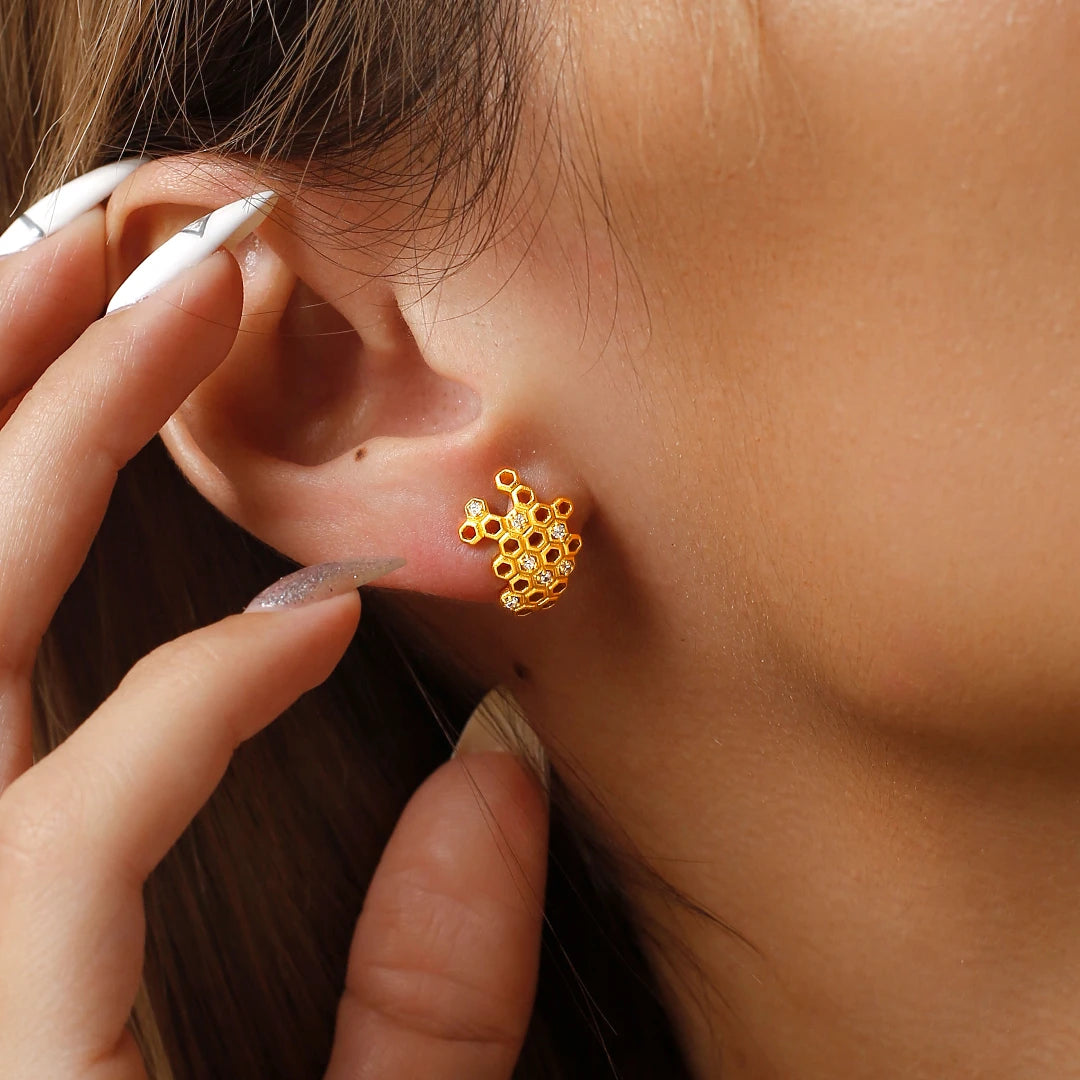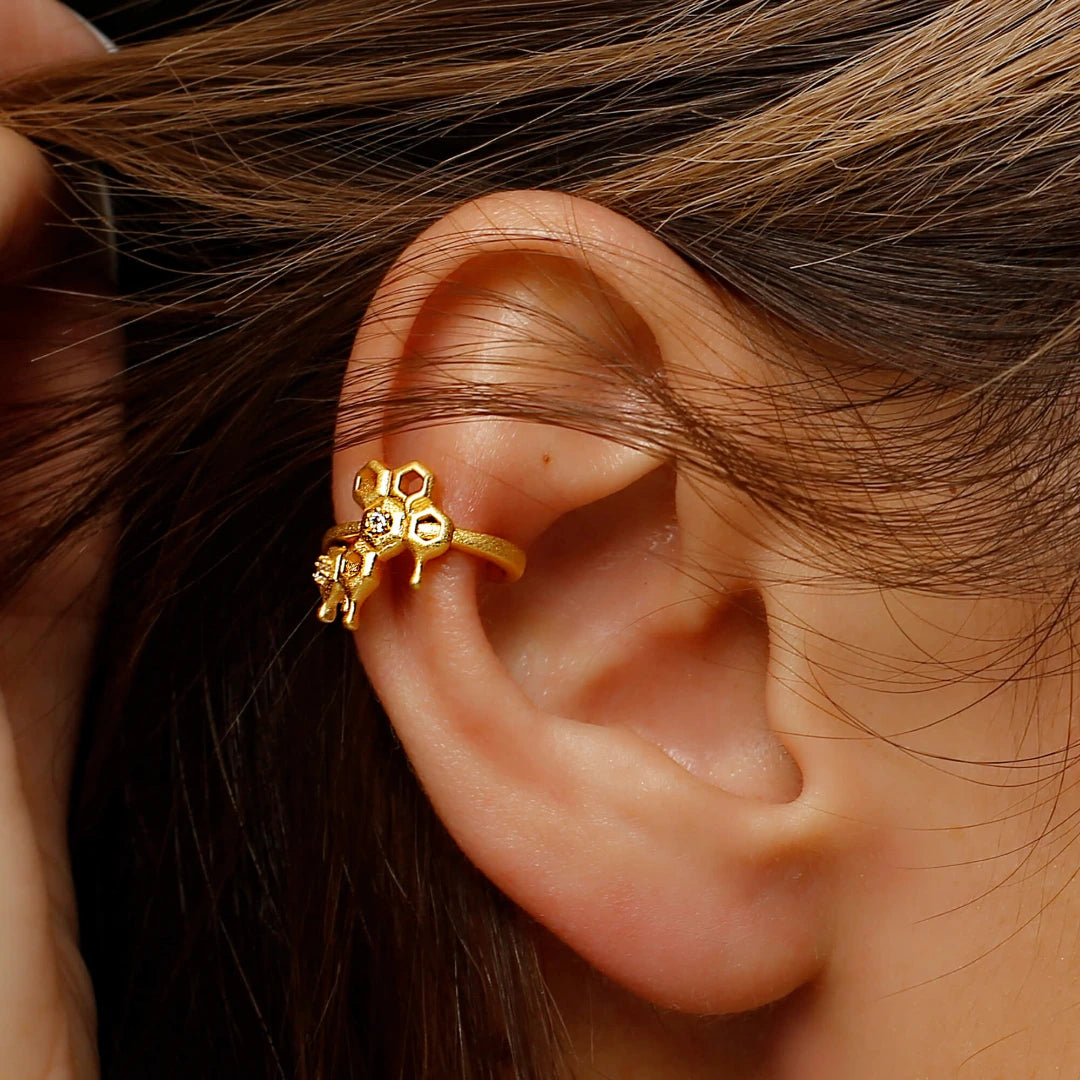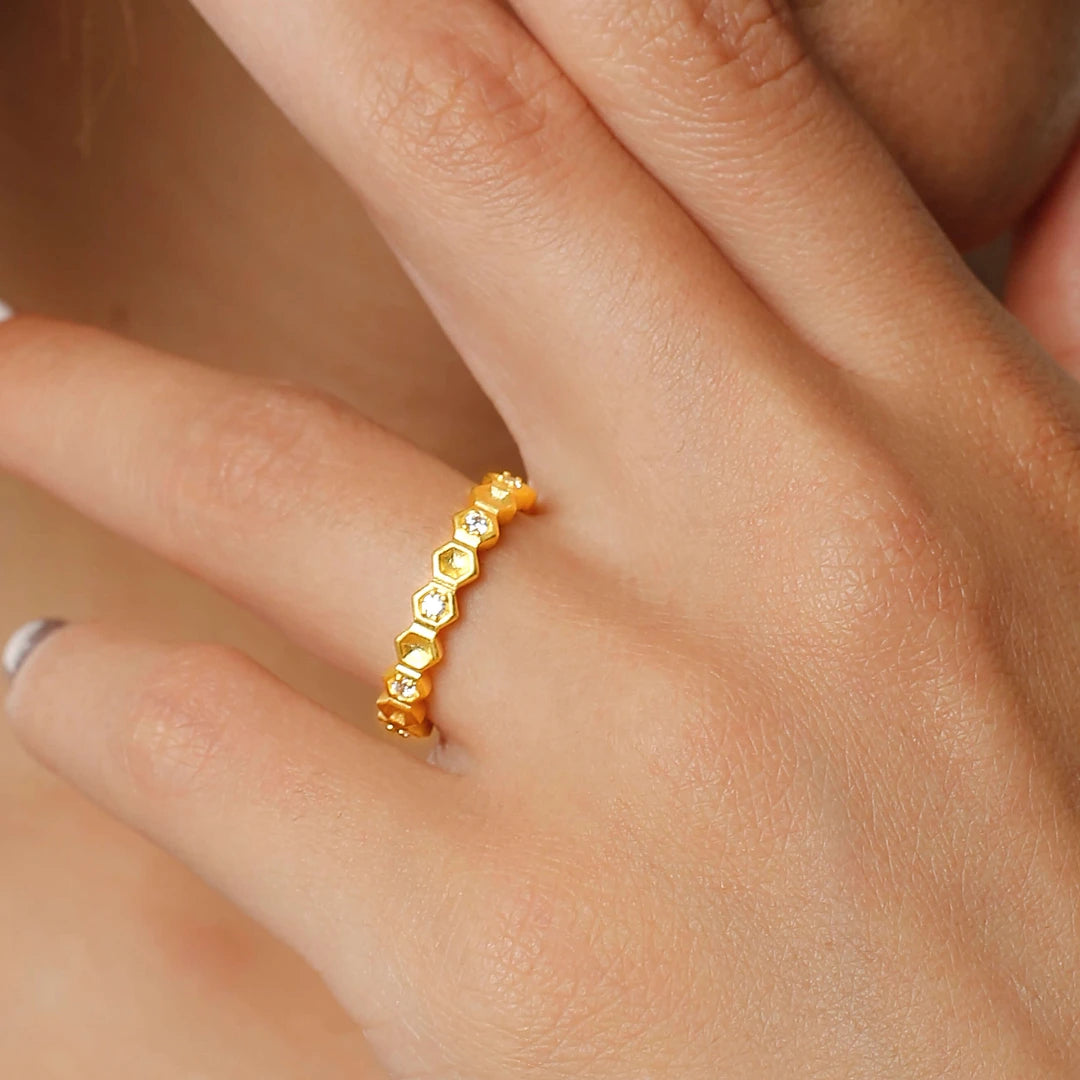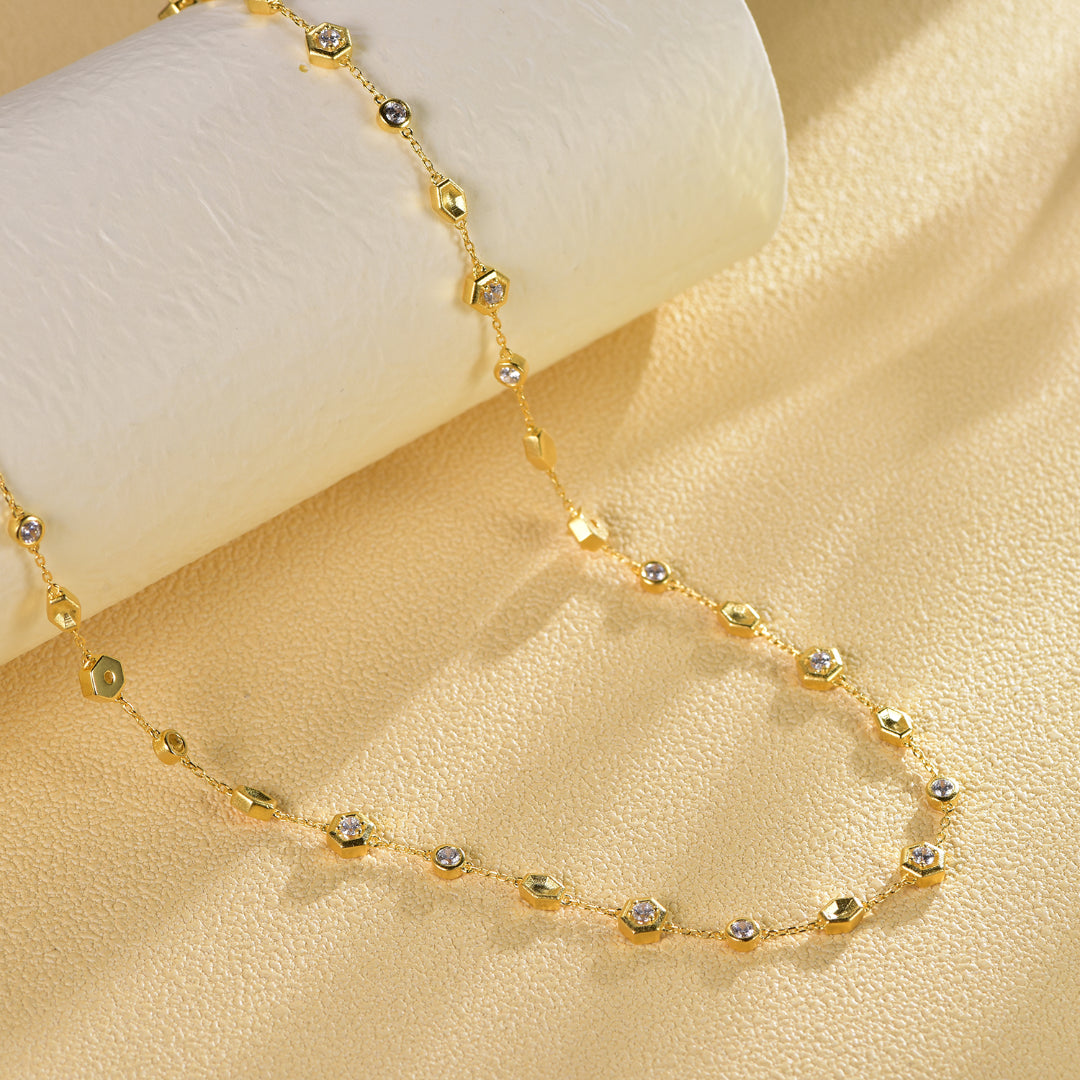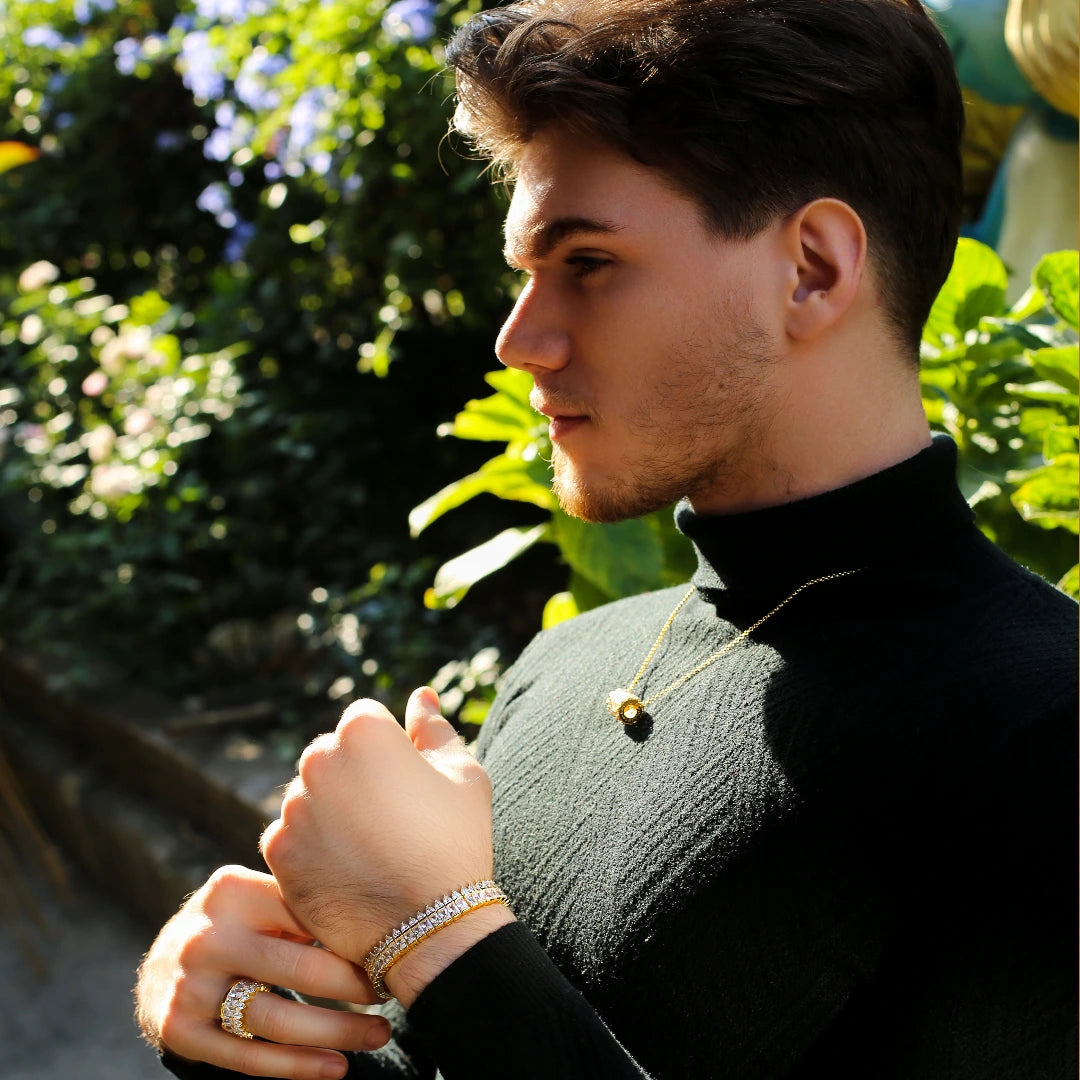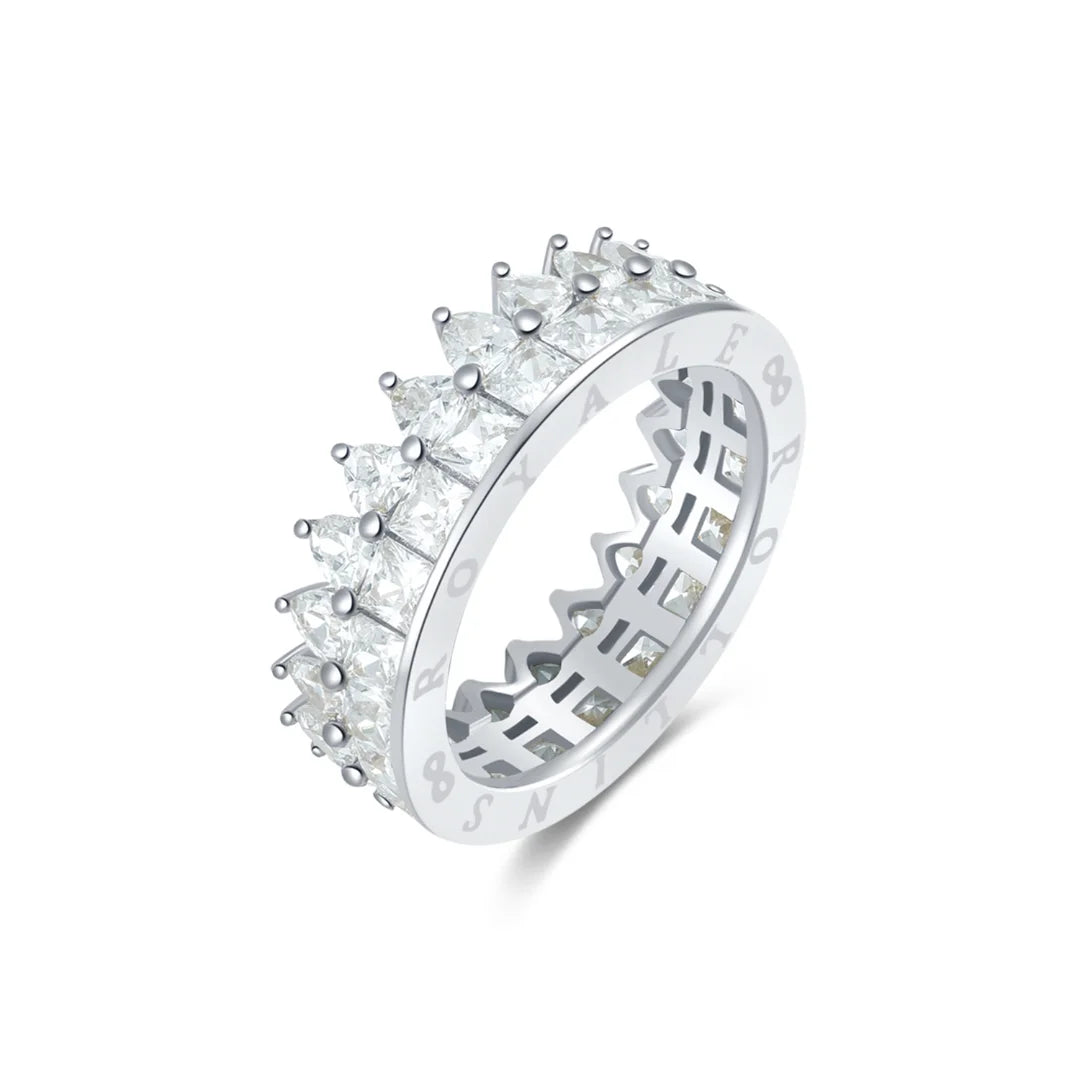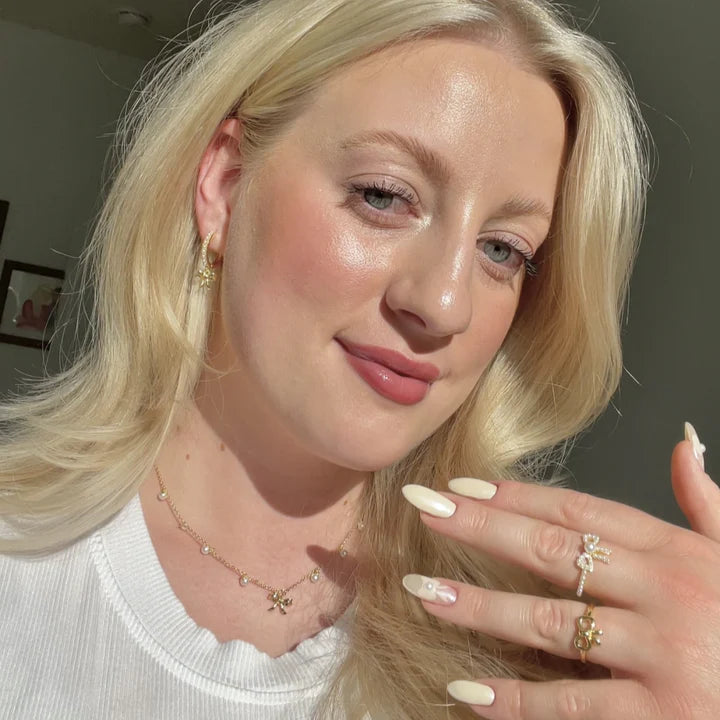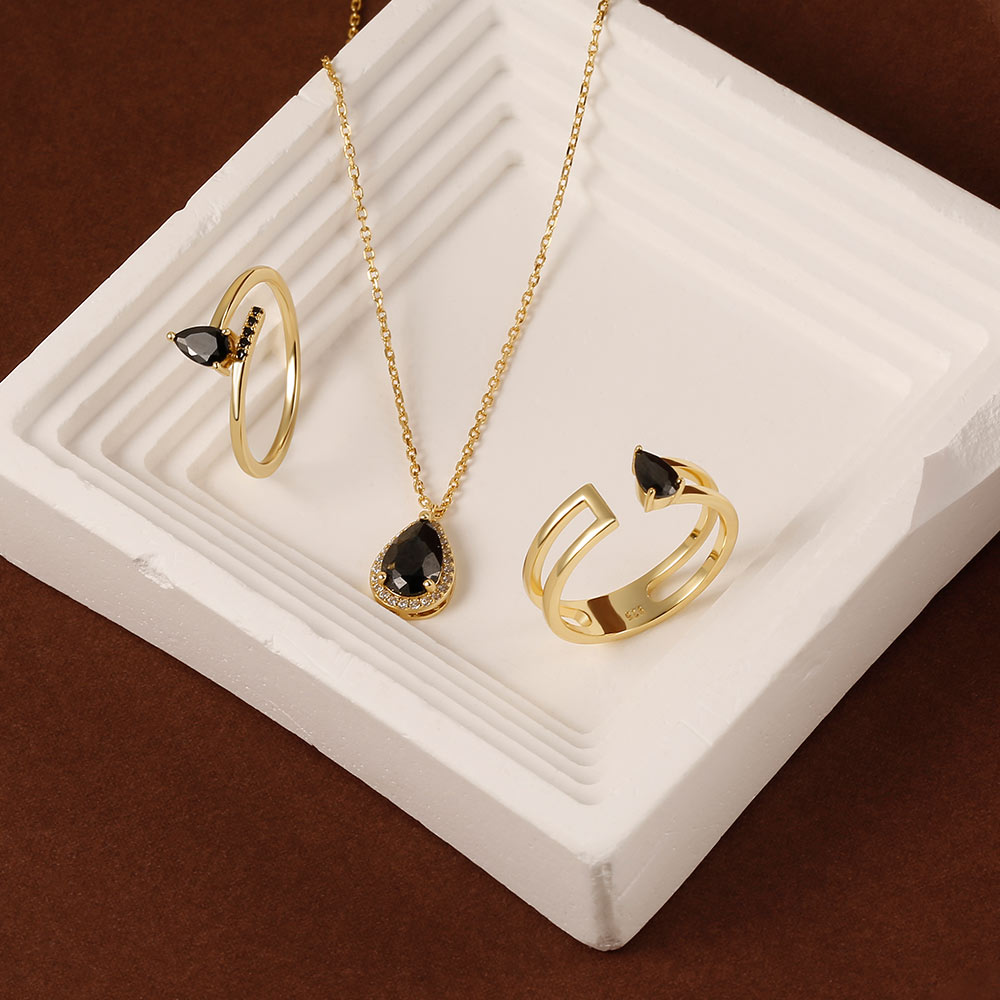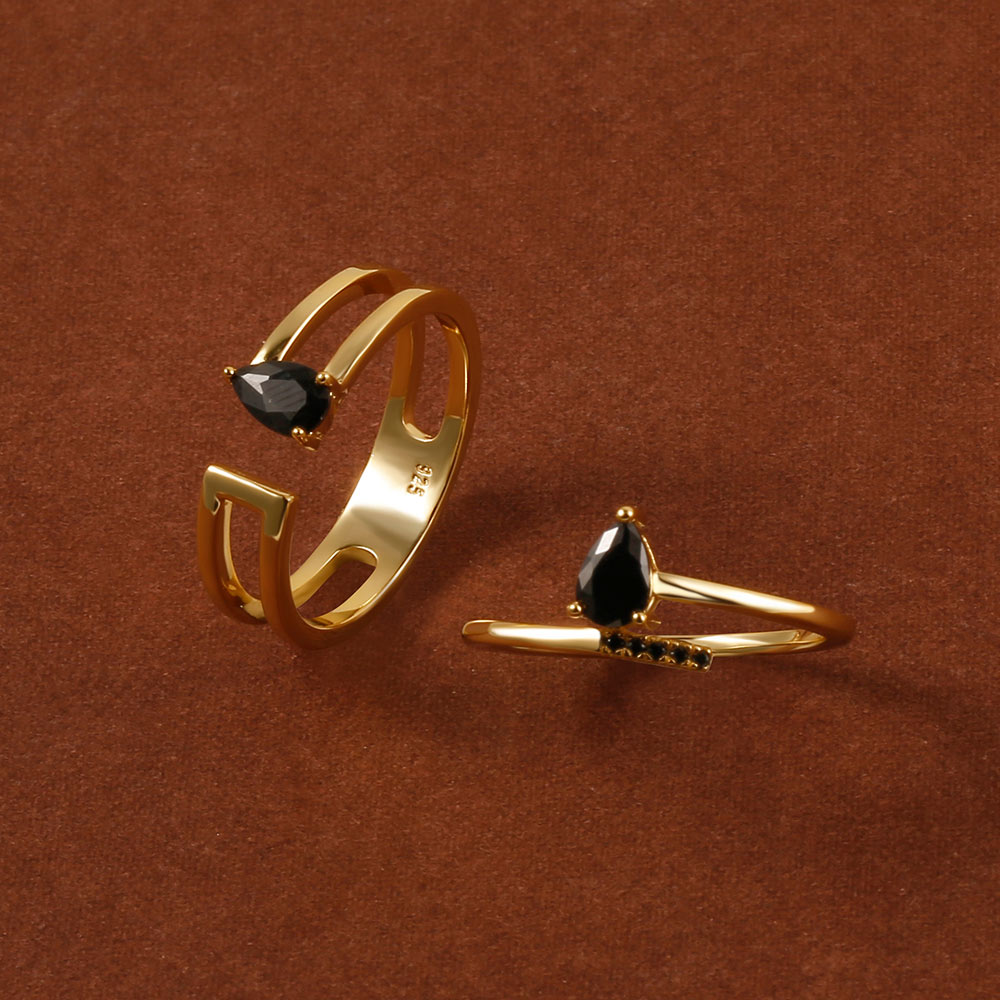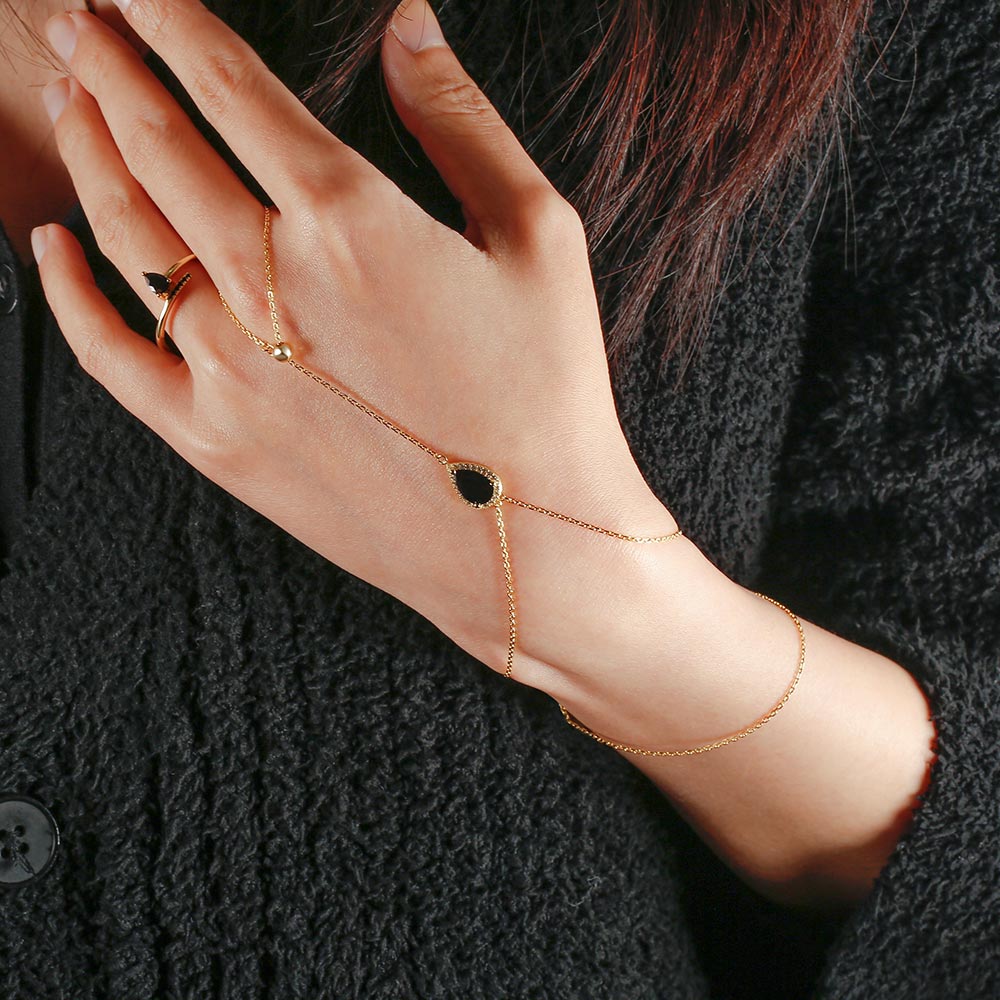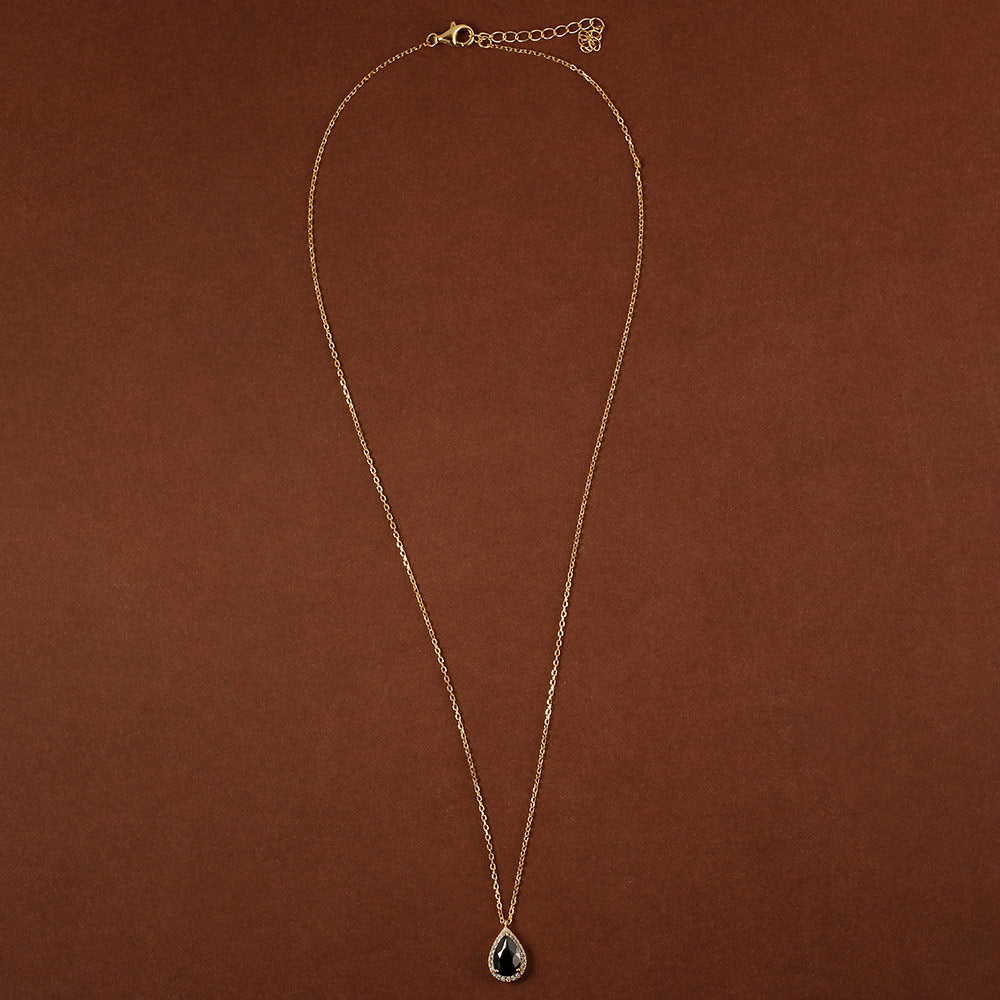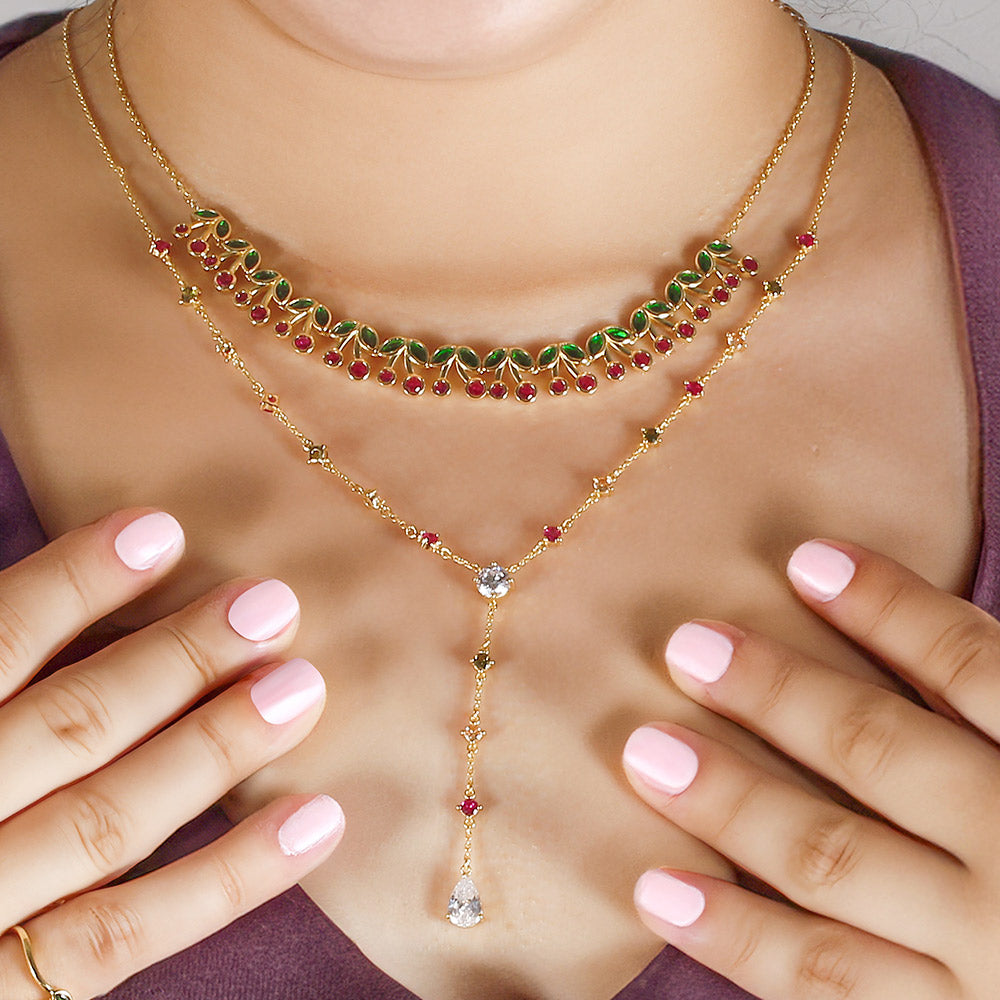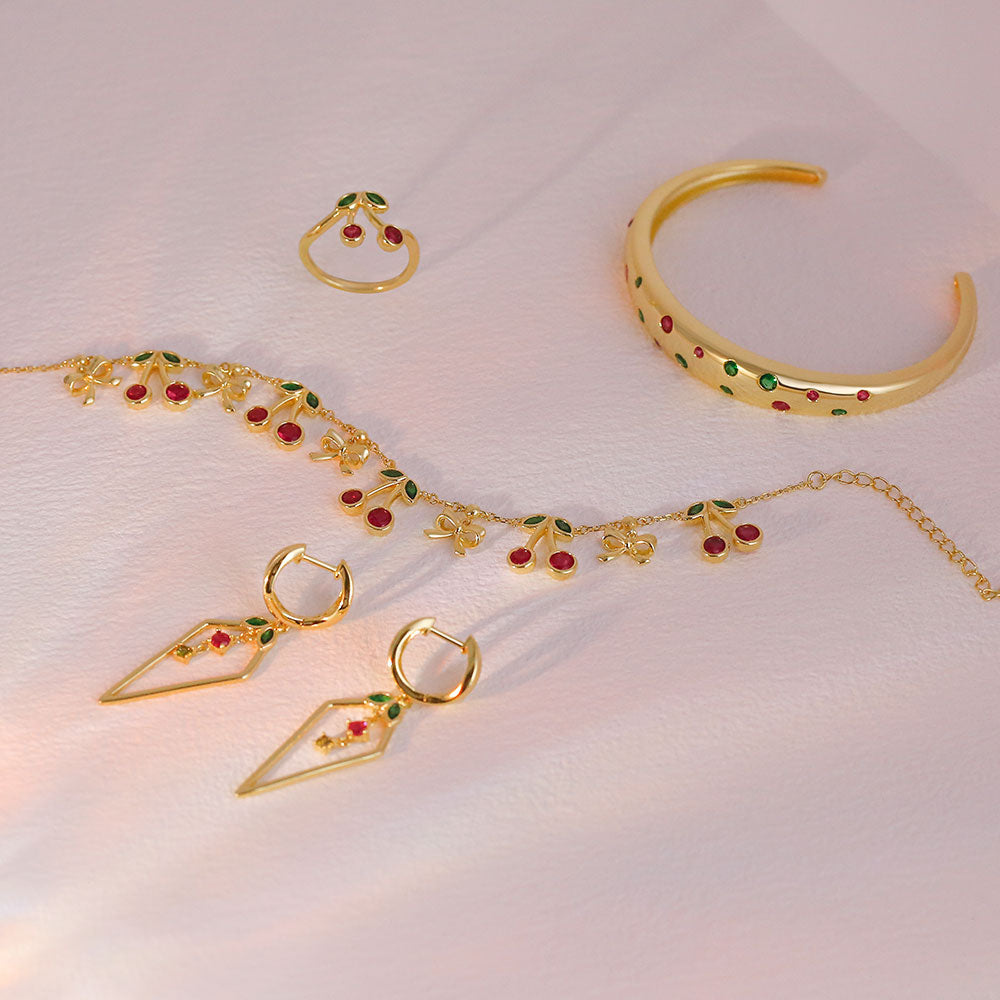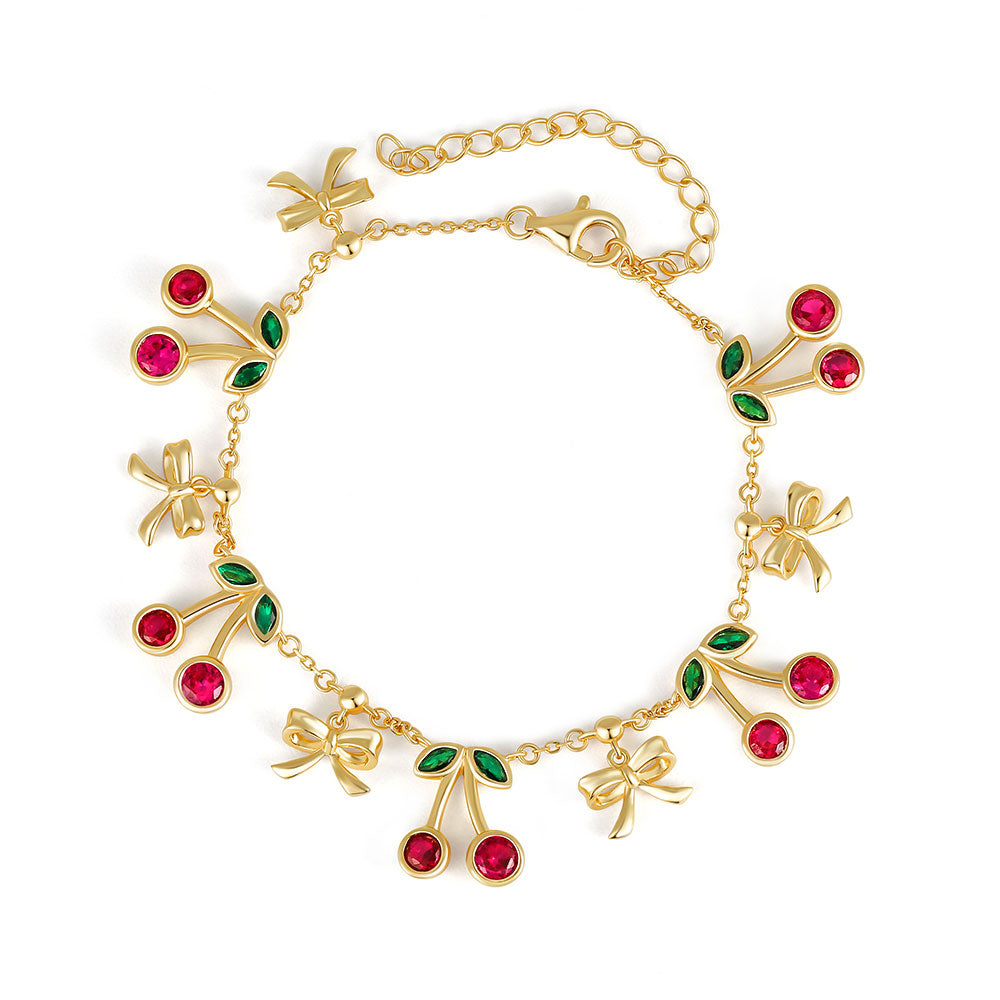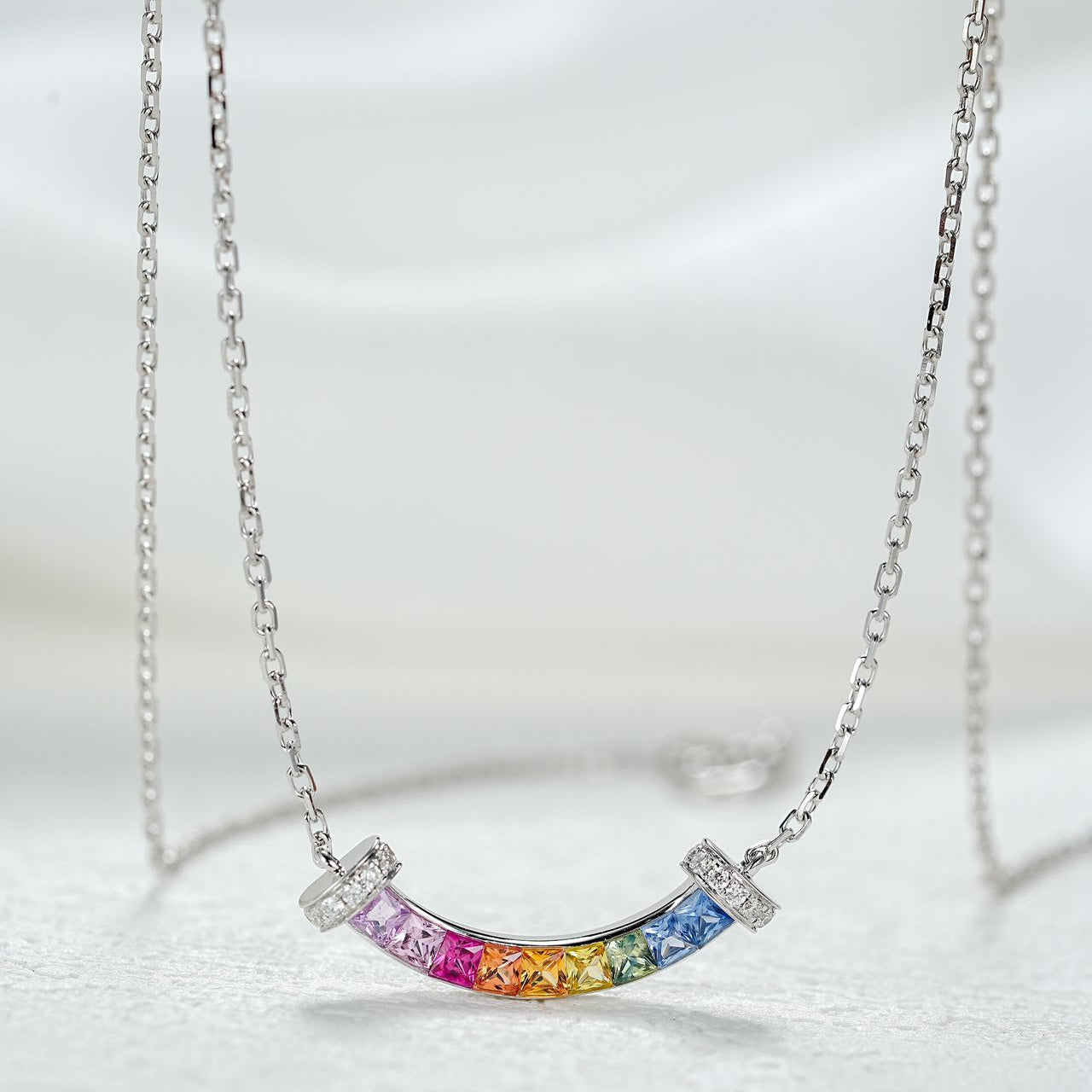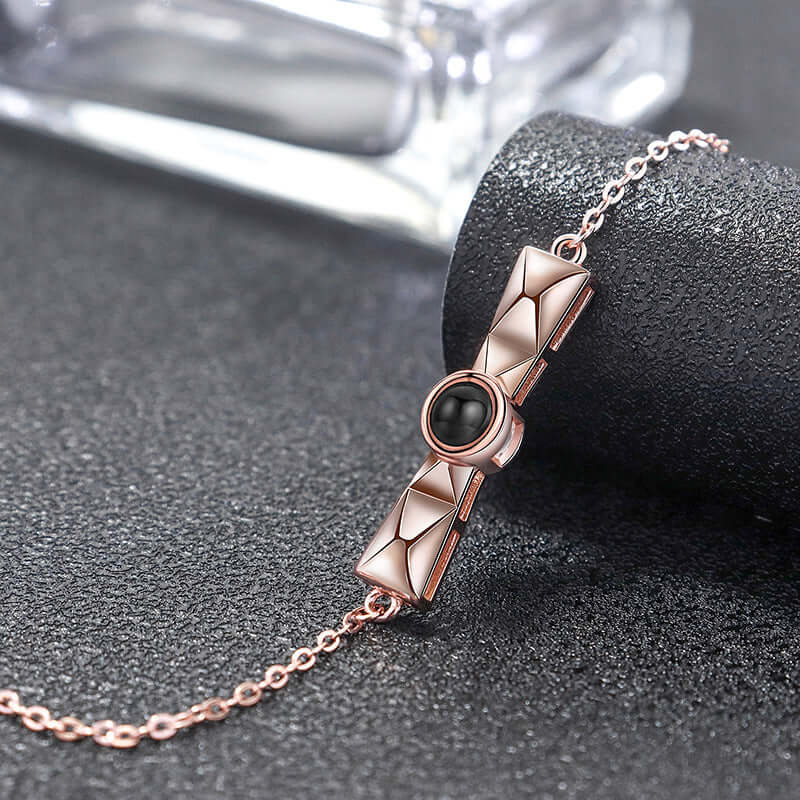Before you buy any kind of pearl jewelry, it’s essential to learn about what pearls are.
Pearls are the only gems that come from a living creature. They are the hardest gemstone to obtain.
Oysters and mussels produce a special gem, known to have been enjoyed for thousands of years.
In spite of the various sizes and shapes in which diamonds are found, they continue to be among the most popular.
Pearls are famous for their unique beauty. They have a special glow that makes them more sparkly than any other gem.
Even though there are many things to learn, to help you answer the question “what is a pearl” we discuss all the aspects you need
How Does a Pearl Form?
As mentioned earlier, these gemstones are from inside mollusks. In saltwater, pearls are found in oysters, while in freshwater they are produced by mussels. When a foreign substance such as a food particle slips into the mollusk, the creature protects itself by covering the irritant with layers of nacre. The nacre is also a substance that gives the jewels their luster. This food particle essentially functions as the nucleus of a gem and gets larger and larger over time as layers of nacre are applied
As earlier mentioned, these gems are from inside mollusks.
It’s not true that pearls only come from oysters living in saltwater. They can also come from mussels living in freshwater.
A natural nacre will help to protect a mollusk from unwanted invaders.
The nacre is also a material that gives jewelry its luster.
A layer of nacre is applied to the surface of this jewelry piece, and as the piece gets larger, layers of nacre are added to the surface.
How Long Does It Take for a Pearl to Form?
The time it takes for a pearl to form depends on many different factors.
Freshwater species usually form much faster than saltwater ones.
Some of the larger (but more expensive) pearls may take a bit longer to grow.
Type of Pearls
We have already introduced two types of pearls: saltwater and freshwater. Natural or cultured gems are examples of gems that can be classified by their forming process.

Natural Pearls
It's an amazing thing that natural pearls are harvested from the ocean.
These types of products are extremely rare because of a few reasons.
Of the 10,000 mollusks that exist in the ocean, just one produces pearls.
As a result, there are so many kinds of wild mollusks, from snails and slugs to clams and oysters, and
These days, rare stones from the ocean are very uncommon. They can fetch extremely high prices.
Origin of Natural Pearls
Natural pearls have been exclusive to a few select locations since thousands of years ago.
Saltwater Gems are found along the shores of the Persian Gulf, the coasts of India, near the Red Sea, and in the waters of Japan.
There are different kinds of freshwater pearls. Pearls that have come from rivers and ponds in China are called freshwater gems.
Until white settlers saw Native American women wearing large, pendant-style, pearl necklaces and earrings, they did not believe they could have been made by human hands
Over-fishing became a problem for pearl farming in the 19th century. Until then, this practice continued.
The seafood industry needed a new solution, and it was the first time that the industry had recognized this problem.
Cultured Pearls
In 1893, after nearly twenty years of trying, Kokichi Mikimoto was finally able to cultivate pearls.
He did it by delicately inserting a nucleus into an oyster, which stimulated the creature to cover it with layers of nacre.
The majority of pearls available today are cultured pearls.
There are a few varieties of these gems that vary in color, size, and luster, based on the region they come from.
Origin of Cultured Pearls
There are four main types of cultured pearls: freshwater pearls, AKOYA (JAPANESE) pearls, Tahitian (TAM)
Freshwater pearls are cultured in lakes and rivers across China, while Akoya types are found off the coasts of Japan and China.
Tahitian gems are found not only in Tahiti but also across the islands of French Polynesia.
Lastly, the South Sea pearls are harvested in the waters of Australia and the Philippines.
Pearl Varieties
The pearls you just read about look different because they have unique features.
They all have a wide variety of sizes, shapes, and colors.
Gem-quality diamonds are graded based on the above categories.

Akoya Pearl
-
ORIGIN:
Pearls from Akoya shells are cultured in Japan, China and Vietnam.
Akoya Pearls are considered by many to be the finest in the world.
- SIZES:
- Akoya pearls range in size from 2.0-3.0mm up through 9.0-9.5mm, and very rarely, 9.5-10.0mm.
-
COLORS:
While the traditional color of Akoya pearls is most famously white, they also come in natural silvery blue, and even golden hues
-
COMMON TREATMENTS:
There are lots of different colors of cultured freshwater pearls, from every imaginable color of white and black to vibrant colors like orange
-
SHAPES:
The best quality and value Akoya pearl shape is the round pearl shape. However, freeform baroque shapes also exist.
-
PRICE RANGE:
Prices for this type of jewelry range from $75 to $3,000, depending on the type of jewelry and the quality of the pearl.
-
GOOD TO KNOW:
Akoya pearls are among the most prized pearls. They are known as “Hanadama” pearls.
Freshwater Pearl
-
ORIGIN:
99.99% of all cultured freshwater pearls are farmed in China’s Freshwater lakes and man-made aquaculture
- SIZES:
-
Freshwater pearls range in size from 2.0-3.0mm up through 11.0-12.0mm, with new experimental varieties attaining sizes of 14.0-15.0mm!
-
COLORS:
The freshwater pearl mussel has been shown to produce a wide array of natural colors, most commonly pastel shades of pink, peach, lavender, and white.
-
COMMON TREATMENTS:
Dyed black freshwater pearls are commonly referred to as Peacocks.
Dyes for freshwater pearls are made from different kinds of plants and sometimes animals.
-
SHAPES:
The most valuable Freshwater pearls are as close to a true round as possible, but Baroque pearls are also widely available and are very beautiful in their own right.
-
PRICE RANGE:
You can spend anywhere from $30 to over $10,000 on one pearl necklace depending on the type of pearl, the jewelry
-
GOOD TO KNOW:
Most cultured freshwater pearls are "tissue-nucleated". A small piece of donor mantle tissue is used to begin the pearl cultivation process inside the mollusk.
A pearl grows as the tissue of an oyster is replaced with a type of cell that makes nacre, or mother of pearl. As this new tissue forms on the pearl, it hardens, resulting in a more solid pearl.
That's why freshwater pearls are very durable!
Freshwater Pearl Cultivation: Freshwater Pearls are Cultured in a Freshwater Aquarium Freshwater Pearls are cultured in fresh water and are fed by “live food”, meaning that they are fed live algae (or other food) in an aquarium.
Freshwater Pearls are grown on a “flat plate” and the mussel can be removed from the flat plate and kept alive for as long as desired.
Feed the mussel about every few days as it grows to ensure its survival.
Tahitian Pearl
-
ORIGIN:
The Tahitian Pearls are farmed on small pearl farms throughout the French Polynesian Islands.
-
SIZES:
Tahitian pearls vary in size from 8.0mm to 16mm, with the average sizes ranging from 9mm to 13mm.
Size over 15.0mm is rare, and very expensive.
-
COLORS:
A natural tahitian pearl is the pinctada margaritifera, also known as the “black lip” oyster.
Most people know peacock, but other colors like Green, Blue, or Aubergine also have overtones. These colors appear to shimmer over the main body colors, and it's a feature found in all the primary and secondary colors.
-
COMMON TREATMENTS:
Black Tahitian pearls are often naturally colored with no treatments of any kind other than a gentle washing and buffing after harvest.
-
SHAPES:
The most highly-valued and rare Tahitian pearls are perfectly shaped.
Nearly every shape in the year's annual pearl harvest comprises free-form baroque, circled baroque and smooth baroque shapes that are symmetrical.
-
PRICE RANGE:
Prices are between $80 and the high thousands, depending on the type and size of the pearls.
-
GOOD TO KNOW:
Cultured Tahitian pearls must have a minimum 0.8mm nacre thickness in order to be considered for the large pearl market.
South Sea Pearl
-
ORIGIN:
The White-lipped pearl from the silver-lipped P. maxima oyster is found mostly in Northern Australia and produced by the farmers who grow the
The Gold-lipped P. maxima oyster, which produces golden south sea pearls, is mostly farmed in the Philippines.
- SIZES:
-
South Sea pearls are generally the largest cultured pearl type. Ranging in size from 8.0-9.0mm up through 20.0mm, with the average sizes ranging from 9.0-10.0mm through 14.0-15.0mm. Sizes over 15.0mm are RARE, and very expensive.
-
COLORS:
The South Sea pearl oyster, Pinctada can be either “Silver-lipped” or “Gold-lipped” varieties, and produces natural shades of White and Gold
-
COMMON TREATMENTS:
South Sea pearls are harvested at sea and do not undergo any type of treatment other than a gentle wash and buffing after they are collected.
-
SHAPES:
South Sea pearls are the most precious and rare. They’re perfectly shaped and often more valuable than any other type of pearl.
Each yearly pearl harvest features thousands of different types of shapes, most of which are symmetrical and free-form baroque, circled baroque and smooth baroque.
-
PRICE RANGE:
Prices for custom pearl jewelry range from $200 to the tens of thousands, depending on the jewelry type, size and quality of the pear
-
GOOD TO KNOW:
These Cultured South Sea Pearls are the most durable of all saltwater cultured pearl types, with an average nacre thickness of 2-4mm.
They are the longest lasting type of saltwater cultured pearl.
South Sea pearls are the secret to creating these amazing bright colors, beautiful hues, and luxurious look. This book is filled with stunning colors, beautiful hues and fabulous styles to inspire you.

Sea of Cortez Pearl
- ORIGIN:
-
Sea of Cortez pearls are cultured on only ONE farm in the entire world: The Perlas del Mar de Cortez pearl farm in Guaymas, Mexico. The farm produces less than 4,000 cultured pearls each year including whole pearls and mabé pearls.
- SIZES:
-
Size ranges from 8.0-9.0mm up through 11.0-12.0mm, with larger pearls being VERY RARE.
-
COLORS:
This sea creature is also called the “rainbow lip” oyster, which gives you a hint as to the amazing colors it can produce.
Blue-green, green, pistachio, mauve, aubergine, copper, lime and rose are just a FEW of the gorgeous hues these pearls present.
-
COMMON TREATMENTS:
The best thing about this set is that it is made of natural materials. It was gently washed, scrubbed, and tumbled to get the best results.
-
SHAPES:
This shape is the rarest in the sea of Cortez, comprising a tiny fraction of each annual harvest.
Baroque and rounded shapes are far more common than are symmetrical and sharp drop shapes.
- PRICE RANGE:
-
Prices range from $200 to the tens of thousands, depending on the jewelry type, size, and quality of the pearls.
-
GOOD TO KNOW:
Sea of Cortez cultured pearls are the only cultured pearl type in the entire world that will glow in the dark.
It's the world's greatest natural ID system.

Color
While people are familiar with the white and cream-colored gems of the sea, the gems come in an array of other dazzling hues.
Water jewels are a delight to look at, from deep water blue and fresh spring green to delicate rose and pink. They're great for ponds or lakes.
Tahitian pearls have a rich and gorgeous color range including shades of blue, green, gray, and black.
South Sea gems are revered for their golden color which is considered extremely rare.
This gem is a beautiful blend of white and black diamonds in an Akoya setting.
Size
Size is another significant factor to consider. Pearls are usually sold in sets.
Akoya gems are about the size of a marble. The diameter varies from 2mm to 6mm.
Though in some cases Tahitian types are quite large, with an average size ranging from 9mm to 11mm, most are somewhere between
South Sea or Tahitian gems are most popular at diameters of 7 mm and 8 mm. Anything larger is considered extremely rare.
Luster
Of all the jewels of the sea, some are the most special because of the way they reflect light.
That is a factor which greatly affects their sheen.
The rule of thumb is that the brighter a bead is, the more valuable it is.
All pearls glow more brightly than any other gemstone.
Akoya pearl is often considered a very attractive attribute. Akoya pearl luster is the main reason why they are worth so much.
While South Sea pearls are brilliant and highly reflective, they have a softer, satin-like finish.
Why Should You Choose Pearl Jewelry?
Some women go for a traditional pearl necklace, while others prefer something more unique. If you're unsure, take a look at these great suggestions. You may want a classic pearl necklace or unique earrings.
The market offers something for every style, from traditional to modern and hip. If you wear a colorful pearl bracelet, you'll stand out from the crowd and give a sense of elegance.
You can easily create a set of your own for any occasion. Just use your imagination!
When shopping for jewelry, consider your budget as well as your personal style to find the perfect piece for you.
Learn More About Pearls
If you love pearls, this is the perfect gift for someone who appreciates the beauty and elegance they exude.
These gorgeous stones are the perfect addition to your jewelry collection because they will last a lifetime.
You will be surprised to discover the treasures of the ocean, as well.



